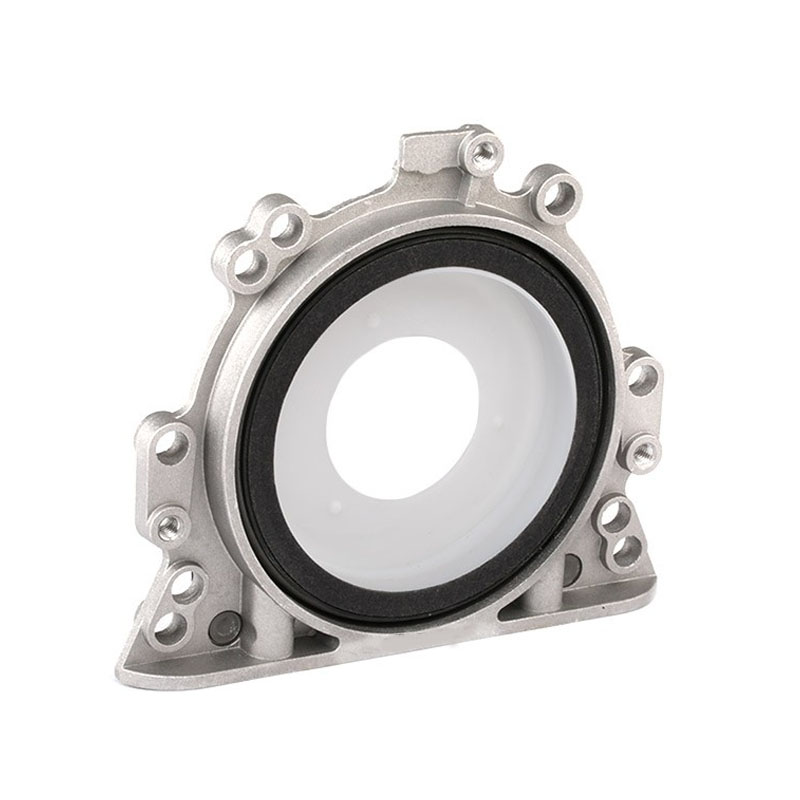hub oil seal
Understanding Hub Oil Seals Importance and Functionality
In the world of mechanical engineering and vehicle maintenance, various components come together to ensure the smooth operation of machines. One such critical component is the hub oil seal. While it may seem like a small part in the larger machinery, its role is pivotal in maintaining the integrity and efficiency of different mechanical systems, particularly in vehicles. This article explores the importance, types, and functionality of hub oil seals.
What is a Hub Oil Seal?
A hub oil seal, often referred to simply as a hub seal, is a sealing device located within the hub of a wheel or axle. Its primary function is to prevent the leakage of lubricant while excluding dirt, moisture, and other contaminants from entering the hub assembly. This sealing action ensures that the lubricating oil remains within the component, allowing for optimal performance and longevity. In vehicles, the hub oil seal plays a significant role in maintaining the functionality of wheel bearings, differentials, and other rotating components.
Importance of Hub Oil Seals
The importance of hub oil seals cannot be overstated
. Here are a few key reasons why they are essential1. Lubrication Retention Oil seals are designed to contain lubricants, ensuring that moving parts operate smoothly. Without a proper seal, the lubricant can leak out, leading to increased friction and wear on components, which may lead to premature failure.
2. Debris Protection Hub oil seals provide a barrier against contaminants such as dirt, dust, and moisture. When these foreign particles enter crucial mechanical systems, they can cause damage or corrosion, affecting performance and reliability.
3. Reduced Maintenance Costs By preventing oil leaks and contamination, hub oil seals contribute to lower maintenance requirements. Regular replacement of worn seals can save vehicle owners from costly repairs due to component failures caused by inadequate lubrication or debris intrusion.
hub oil seal

4. Safety In vehicles, a failing hub oil seal can lead to significant mechanical problems, potentially causing accidents. Ensuring that these seals are in good condition is vital for both the performance and safety of the vehicle.
Types of Hub Oil Seals
Hub oil seals come in various designs and materials, tailored for specific applications. The most common types include
1. Single Lip Seals These seals have a single sealing lip that presses against the shaft. They are simple and effective for most applications where the risk of contamination is lower.
2. Double Lip Seals Featuring two sealing lips, double lip seals provide enhanced protection against dirt and moisture. They are often used in harsher environments, adding an extra layer of security to the lubrication.
3. Labyrinth Seals These seals employ a more complex design, creating a tortuous path that debris must navigate to reach the lubricant. While effective, they are typically used in specialized applications where traditional oil seals may not suffice.
4. Spring-loaded Seals Incorporating a spring mechanism to maintain pressure against the shaft, these seals are effective in high-speed applications, ensuring a tight seal over time.
Conclusion
In conclusion, hub oil seals serve a fundamental role in the performance and longevity of mechanical systems, especially in the automotive sector. Their ability to retain lubricants while keeping contaminants out is crucial for maintaining reliable operation. Regular inspection and replacement of these seals can help prevent significant issues, contributing to overall vehicle safety and efficiency. With the right knowledge and care, vehicle owners can ensure that their hub oil seals function effectively, protecting their investments and enhancing the longevity of their mechanical systems. Understanding the functionality and importance of hub oil seals is essential for anyone involved in vehicle maintenance or mechanical engineering.
-
Seal 12x20x5: Precision Radial Shaft Seals for Industrial Reliability
News Nov.24,2025
-
Seal 12x18x5: Essential Guide to Specifications, Applications & Vendors
News Nov.24,2025
-
Understanding Seal 12 20 5: Applications, Specifications & Industry Insights
News Nov.23,2025
-
Durable Oil Seal 85x110x12 – Reliable Sealing Solutions for Industry
News Nov.23,2025
-
Durable and Precise Oil Seal 75x95x10 for Efficient Machinery | YJM Seal
News Nov.22,2025
-
Durable Oil Seal 75x100x10 for Reliable Industrial Performance | YJM Seal
News Nov.22,2025
-
High-Quality Oil Seal 65x90x10 | Durable & Reliable Sealing Solutions
News Nov.22,2025
Products categories















